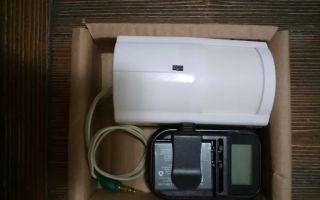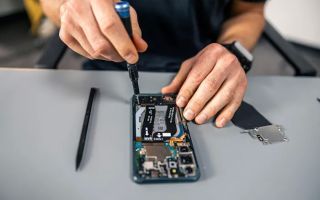How to Boot Your Laptop from USB: A Step-by-Step Guide
- 1. Introduction to Booting from USB
- 2. Preparation Steps for USB Boot
- 3. Step-by-Step Guide to Boot from USB
- 4. Troubleshooting Common USB Boot Issues
- 5. Alternative Methods for Booting from USB
1. Introduction to Booting from USB
Booting a laptop from a USB drive can be a crucial process when you're installing a new operating system, running diagnostic tools, or trying to repair your system. Whether you're a tech enthusiast or a casual user, learning how to boot your laptop from USB is an essential skill. This guide will walk you through the steps of booting from USB on various laptops, explaining the process clearly to make it accessible to all users.
2. Preparation Steps for USB Boot
Before booting from a USB drive, there are a few important things to check and prepare. The first step is to make sure your USB drive is properly set up as a bootable device.

Action Computers Inc. -- Denver Location
2890 S Colorado Blvd F, Denver, CO 80222, USA
2.1. Ensure the USB Drive Is Bootable
To use a USB drive for booting, it needs to be properly formatted with bootable files, such as an operating system installation or a recovery tool. Use tools like Rufus to create a bootable USB drive if necessary. If you're installing an OS, ensure that the installation files are copied correctly to the drive.
2.2. Check the Laptop’s USB Port
Make sure the laptop’s USB ports are functional. If you're using a USB 3.0 drive, ensure the laptop is compatible with the port speed. Sometimes, certain ports may not work well with bootable devices, so switching to another port could solve the issue.
3. Step-by-Step Guide to Boot from USB
Once your USB drive is ready, you can proceed to boot your laptop. Here's how to access the boot menu and start the boot process:
3.1. Power Off Your Laptop
Ensure that your laptop is completely powered off before starting the process. If your laptop is on, shut it down completely.
3.2. Insert the USB Drive
Plug your bootable USB drive into a USB port on your laptop.
3.3. Access the Boot Menu
Power on your laptop and immediately press the required key to access the boot menu. This is typically one of the following keys: F12, ESC, or F2 (depending on your laptop’s manufacturer). If you're unsure, check the user manual for your laptop or look for a prompt on the screen during startup.
3.4. Select the USB Drive
From the boot menu, use the arrow keys to select your USB drive as the boot device. Once selected, press Enter to proceed with the boot from USB.
3.5. Wait for the Boot Process to Complete
Your laptop will now begin booting from the USB drive. Depending on what you’re booting into, the process may take a few minutes. Follow any on-screen instructions to complete the process.
4. Troubleshooting Common USB Boot Issues
If you're having trouble booting from USB, here are some solutions to common problems:
4.1. USB Drive Not Recognized
If the USB drive isn't showing up in the boot menu, try plugging it into a different USB port. Also, ensure that the USB drive is properly formatted and contains the correct bootable files.
4.2. Incorrect Boot Order in BIOS
If the laptop doesn’t boot from the USB drive, you might need to change the boot order in the BIOS. Restart your laptop, press F2 (or the key for your laptop), and enter the BIOS setup. Find the Boot Options section and prioritize the USB drive.
4.3. USB Drive Not Bootable
If the USB drive is not booting, verify that it was properly prepared as a bootable device. Recreate the bootable USB drive using reliable tools like Rufus or use a different USB drive to see if that resolves the issue.
5. Alternative Methods for Booting from USB
Besides using the boot menu, you can also change the boot order directly from the BIOS settings:
5.1. Change Boot Order in BIOS
If you prefer not to use the boot menu, you can access the BIOS during startup and manually set the USB drive as the primary boot device. To do this, restart your laptop, press the appropriate key to enter the BIOS (usually F2 or DEL), navigate to the Boot Options section, and set your USB drive as the first boot option.
5.2. Using UEFI Boot Options
Some newer laptops use UEFI (Unified Extensible Firmware Interface) instead of the traditional BIOS. If your laptop supports UEFI, you may need to enable UEFI boot in the BIOS settings before booting from USB. This is especially relevant when working with newer operating systems like Windows 10 or Linux distributions.




























